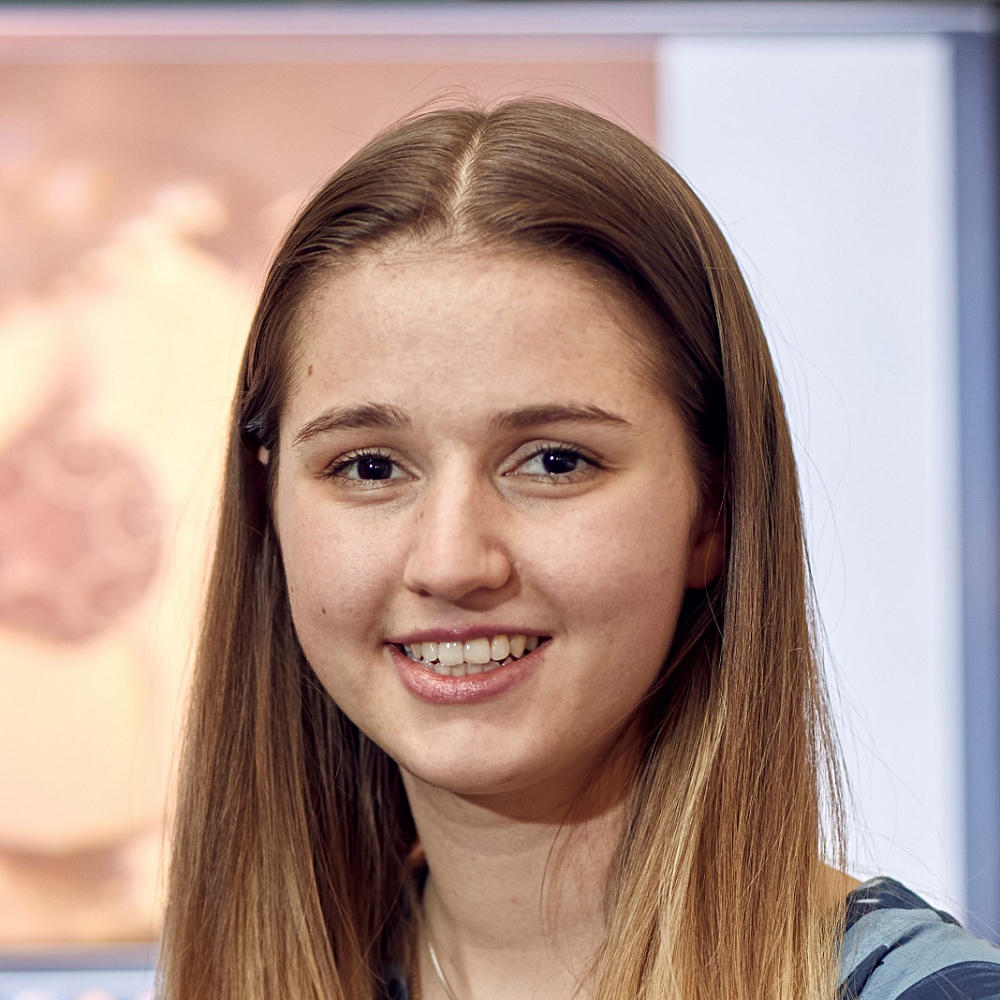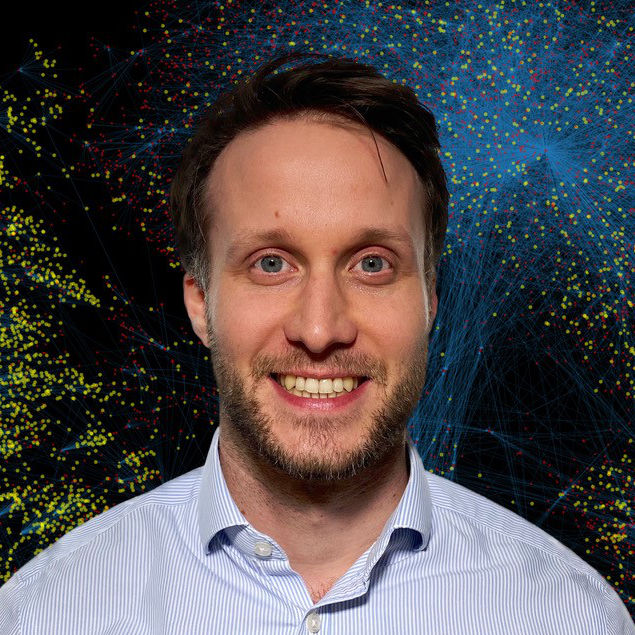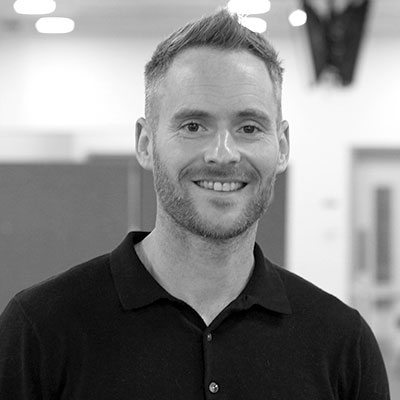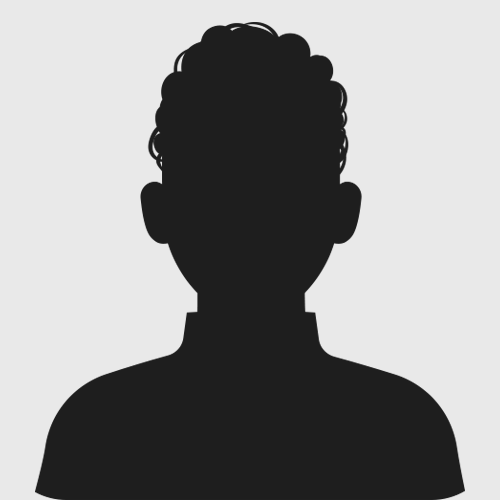Claire
Research Professional - Graduate, BT
Key qualifications: General Engineering Degree (Oxford), Programming languages - Python, Matlab
What does your job involve? I work in the Core Network Research team, where I look at ways to automate processes to speed them up and save money. The best part about my job is that I get to work with lots of different people and try out new software - so I am constantly learning. I use python, matlab and many other skills.
How did you get into your current role? I studied General Engineering at Oxford University - and whilst I was there BT sponsored me through my degree. This led me to do an internship with BT - so I worked with them for one summer. After I graduated - last July, I started work with BT in my current role.
What did you want to be when you were younger? I wanted to be a Lawyer (barrister) when I was younger - because I used to love debating and have always been a very chatty person. I got into engineering because of my love of maths and problem solving.
What do you do outside work? I do a lot of sport - like rowing, running, tennis, squash etc! A fun fact about me is that I am a fully trained men's Lacrosse Referee.














